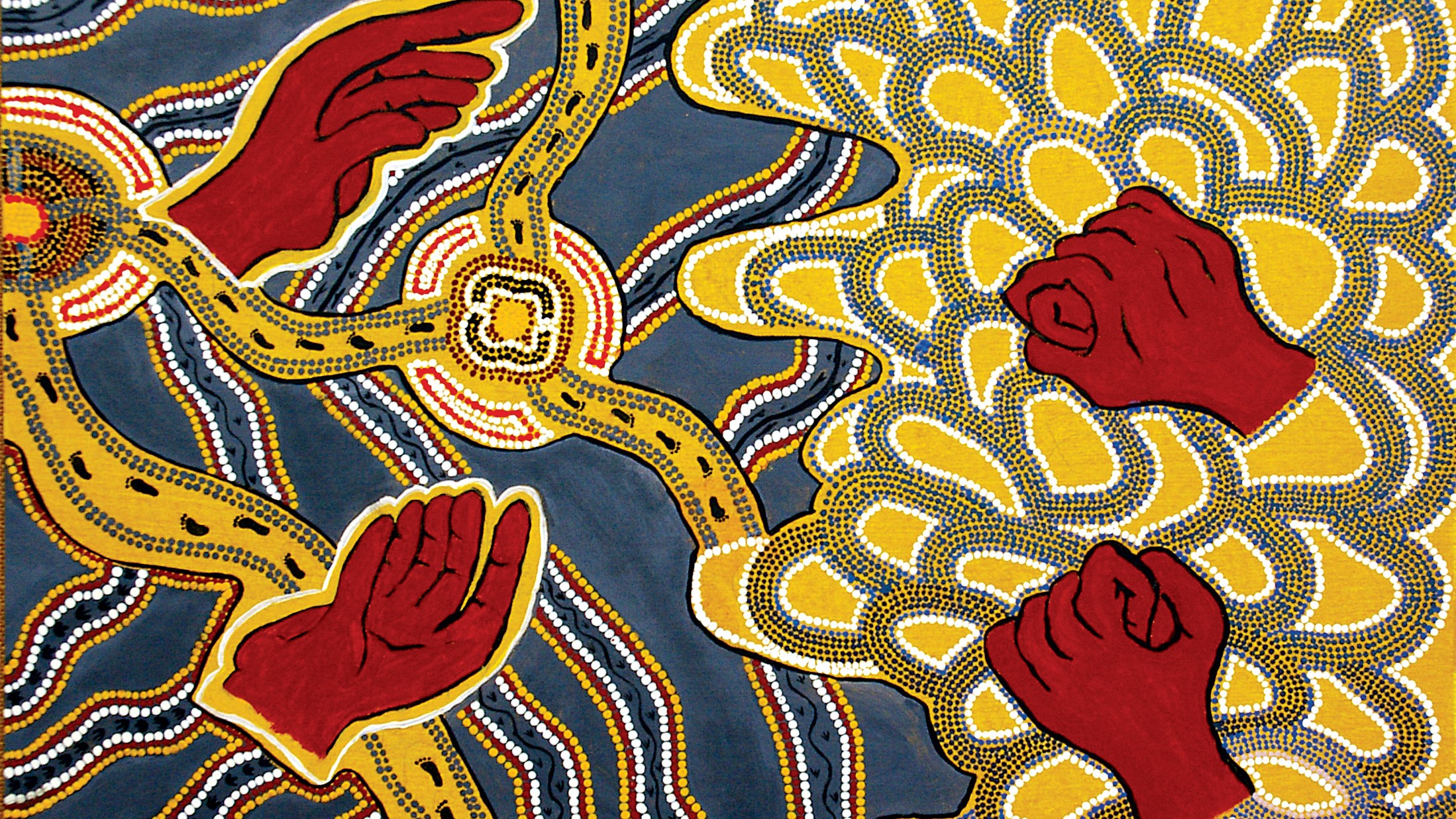
2021 Seminars
Loading...
Presentation Type
Presentation
Location
The University of Notre Dame Australia, Broome Campus
Start Date
9-9-2021 12:30 PM
Description
The Karajarri Indigenous Protected Area (IPA) and the Warlu Jilajaa Jumu IPA (on the Ngurrara native title area) together cover over 4 million hectares of the Great Sandy Desert in north-west Australia. The Karajarri and Ngurrara rangers have been collaborating in a project with Environs Kimberley and the NESP Threatened Species Hub that aims to support fire management, cultural knowledge and biodiversity over the desert of our country. We have established 24 permanent monitoring sites in three areas, at sites with different fire histories, and have monitored small mammals and reptiles for three years, amounting to more than 5000 trap nights. Our trapping results show that the number of mammal species, and their abundance, goes down after fire and takes several years to recover. Patterns in the reptiles are more complex: the overall number of species is steady as vegetation recovers after fire, but the types of species change depending on when the site was last burnt: some species are almost only found in recently burnt sites, and other reptiles species prefer long-unburnt spinifex. We found that recently burnt sites have more reptile species that are active at night, but sites with recovered spinifex have more reptile species that are active during the day. Our results tell us that fire management that keeps a variety of vegetation ages across our country will help to maintain a diverse reptile community, and that long unburnt vegetation is critical for looking after small mammals. We have also examined fire patterns from the 1940s using aerial photographs, when people were still living on desert country. These photos tell us that the fire frequency 80 years ago was much lower than it is today, and the fire patch sizes were much smaller. Our work is helping us set the objectives for our fire management, and helping us talk with our communities about the cultural management of fire. By collaborating and sharing data, we are able to tell a stronger story.
Recommended Citation
Taylor, Braedan; Ala’l, Jesse; Lindsay, Malcom; and Tromp, Kevin, "‘Pirra Jungku: Fire management and biodiversity of Karajarri and Ngurrara desert Country’" (2021). Talking Heads Seminar Series. 3.
https://researchonline.nd.edu.au/nulungu_talkingheads/2021/schedule/3
‘Pirra Jungku: Fire management and biodiversity of Karajarri and Ngurrara desert Country’
The University of Notre Dame Australia, Broome Campus
The Karajarri Indigenous Protected Area (IPA) and the Warlu Jilajaa Jumu IPA (on the Ngurrara native title area) together cover over 4 million hectares of the Great Sandy Desert in north-west Australia. The Karajarri and Ngurrara rangers have been collaborating in a project with Environs Kimberley and the NESP Threatened Species Hub that aims to support fire management, cultural knowledge and biodiversity over the desert of our country. We have established 24 permanent monitoring sites in three areas, at sites with different fire histories, and have monitored small mammals and reptiles for three years, amounting to more than 5000 trap nights. Our trapping results show that the number of mammal species, and their abundance, goes down after fire and takes several years to recover. Patterns in the reptiles are more complex: the overall number of species is steady as vegetation recovers after fire, but the types of species change depending on when the site was last burnt: some species are almost only found in recently burnt sites, and other reptiles species prefer long-unburnt spinifex. We found that recently burnt sites have more reptile species that are active at night, but sites with recovered spinifex have more reptile species that are active during the day. Our results tell us that fire management that keeps a variety of vegetation ages across our country will help to maintain a diverse reptile community, and that long unburnt vegetation is critical for looking after small mammals. We have also examined fire patterns from the 1940s using aerial photographs, when people were still living on desert country. These photos tell us that the fire frequency 80 years ago was much lower than it is today, and the fire patch sizes were much smaller. Our work is helping us set the objectives for our fire management, and helping us talk with our communities about the cultural management of fire. By collaborating and sharing data, we are able to tell a stronger story.


